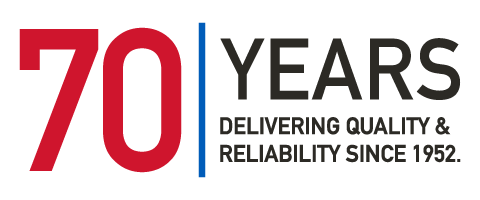PCB Design: Top Factors Related to Data Routing and Layout
When it comes to PCB design and layout, the decisions made early in your project can significantly impact not only the functionality of your circuit board but also its manufacturability, cost, and lead time. Understanding these critical considerations helps ensure a seamless transition from design to production while avoiding costly errors or delays.
Key factors to address include material selection, maximum board thickness, layer count, and whether to incorporate advanced features like blind and buried vias.

Additionally, considerations around copper weights, trace widths and spacing, balanced copper distribution, and overall design complexity can heavily influence both manufacturability and reliability.
A crucial question is: when should you involve your PCB provider in the design process? Engaging early can help identify potential roadblocks, ensure design-for-manufacturing (DFM) compatibility, and optimize your layout for efficient production.
In this webinar, we take a deep dive into PCB designs as they relate to manufacturing. Whether you’re developing a simple two-layer board or a complex multilayer design, this session will provide actionable insights to streamline your process and achieve the best results for your project.
Check Out the Full Q&A
We have compiled all the questions submitted at the conclusion of this webinar into a readable format available on our blog.
Webinar Agenda:
- Items to consider
- Impedance
- Component choices
- Keep-out areas
- Critical component placement
- Copper weight
- Trace and space
- Balancing
- Dead pads
- Copper to copper
- Hole to copper
- Etch factor
- When to pull in your PCB supplier
- Overview of quote requirements
- Checklist for design and production


